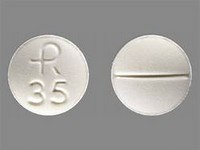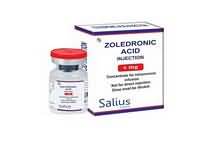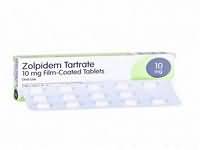Clonazepam

Clonazepam
CLINICAL USE
Benzodiazepine:Anticonvulsant Anxiolytic Restless legs syndromeDOSE IN NORMAL RENAL FUNCTION
Oral: 0.5–20 mg daily in 3–4 divided doses or as a single dose at night once on maintenance therapy; normal maintenance dose: 4–8 mg dailyIV: 1 mg, repeated if necessary Restless legs syndrome: 0.5–4 mg at nightPHARMACOKINETICS
DOSE IN RENAL IMPAIRMENT
GFR (mL/MIN)
DOSE IN PATIENTS UNDERGOING RENAL REPLACEMENT THERAPIES
IMPORTANT DRUG INTERACTIONS
Potentially hazardous interactions with other drugsAntibacterials: metabolism possibly increased by rifampicinAntipsychotics: increased sedative effects Antivirals: increased risk of prolonged sedation with amprenavir; concentration possibly increased by ritonavirDisulfiram: metabolism inhibited, increased sedative effects Sodium oxybate: enhanced effects of sodium oxybate – avoidADMINISTRATION
Reconstition
IV bolus: reconstitute with 1 mL diluent (water for injection) to give 1 mg in 1 mL solution.IV infusion
: up to 3 mg (3 amps) added to 250 mL sodium chloride 0.9% or glucose 5%Route
Oral, IV bolus or infusionRate of Administration
IV bolus: 0.25–0.5 mg over 1 minuteComments
IV infusion
of clonazepam is potentially hazardous (especially if prolonged), calling for close and constant observation; best carried out in specialist centres with ICU facilities. Risks include apnoea, hypotension and deep unconsciousnessOTHER INFORMATION
In long-term administration, active metabolites may accumulate and lower doses should be usedClonazepam is one of several agents that are used in restless leg syndrome, and has also been tried in the management of intractable hiccup where chlorpromazine has failede
See how to identify renal failure stages according to GFR calculation
See how to diagnose irreversible renal disease
Home







